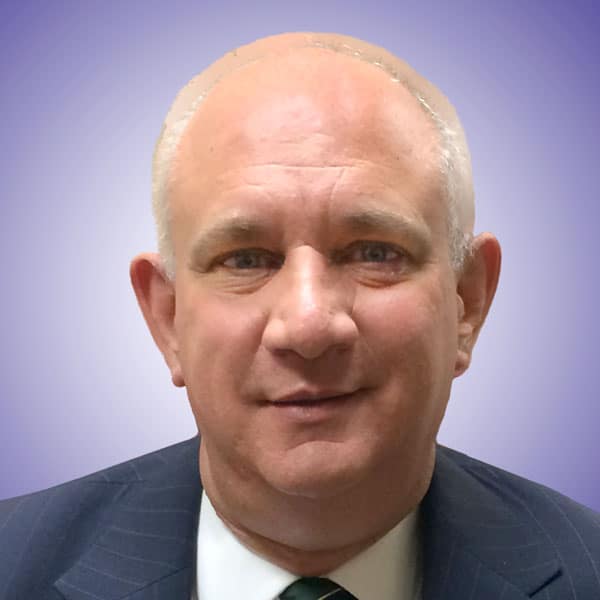Bankruptcy Attorney in Pickerington & Lancaster
Chapter 7 & Chapter 13 Bankruptcy Debt Relief
Pickerington, Ohio, Lancaster, Ohio, Fairfield County, Ohio and surrounding areas
Get Debt Relief Protection
Under Federal Bankruptcy Law

David A. Bhaerman
Bankruptcy Attorney
I've been practicing bankruptcy law since 2006 and filed more than 1,500 Chapter 7 and Chapter 13 bankruptcy cases for individuals, families and small businesses. You can count on my experience to guide your case through the U.S. Bankruptcy Court system and get you back on the road to financial recovery. Read My Bio

Free Consultation
Contact David Bhaerman for a Free Consultation: Call 614-834-7110 or Book an Appointment Online.
Chapter 7 Bankruptcy
We can help you file Chapter 7 bankruptcy and get a fresh start.
Chapter 13 Bankruptcy
Repay your debt over time with a Chapter 13 Bankruptcy.
Small Business Bankruptcy
I have extensive experience representing small business in Bankruptcy cases.
CHAPTER 7 BANKRUPTCY
The type of bankruptcy most often associated with a “fresh start,” or Chapter 7 bankruptcy, allows debtors to wipe out certain debts (like credit card balances, personal loans, and medical bills) without paying into a monthly repayment plan. The debtor must agree to allow the individual responsible for overseeing the case (the bankruptcy trustee) to sell certain, “nonexempt” property. One job of the trustee is to distribute those funds to the creditors based on a priority ranking system. Typically, a debtor doesn’t have to relinquish any assets. You will be allowed to keep things that are necessary to continue work and maintaining a home, such as household furnishings, clothing, and some equity in your house and a vehicle. In many cases, chapter 7 filers can keep all of their property. Each state, including Ohio, determines what property its residents can keep.READ MORE >>CHAPTER 13 BANKRUPTCY
Chapter 13 bankruptcy is meant for people who have regular income or wish to protect property from being foreclosed or repossessed. With this type of bankruptcy, debtors must establish a repayment plan through the bankruptcy trustee and approved by the court. Typically, the debtor’s disposable income (money left over after reasonable living expenses are paid) is used to pay into a three- to five-year repayment plan. The length of plan is determined by the debtor’s income and amount of debt. READ MORE >>Frequently Asked Questions About Bankruptcy
1What is Bankruptcy?
The goal of bankruptcy is to provide a legal solution to give people the opportunity to get out from under their debt load, and still treat creditors fairly. Many describe it as a “fresh start,” allowing them to start over without the burden of unpaid bills and constant harassment of creditors. Read More >>
2Why File Bankruptcy?
Bankruptcy is the government’s way of saying that you deserve a second chance and a fresh start. That’s exactly what bankruptcy gives you, and why you should consider filing if you're in over your head financially. Because you deserve to give yourself a break and regain some hope for a better future. Read More >>
3What Can Filing Bankruptcy Do?
Filing for bankruptcy can be a powerful remedy to resolve serious debt issues. Bankruptcy stops most collection actions, including wage garnishments, most lawsuits, and annoying debt collection phone calls. Once discharged, it eliminates many types of consumer debt such as credit cards, medical bills, personal loans and more. Read More >>
4What is Chapter 7 Bankruptcy?
This type of bankruptcy most often associated with a “fresh start” allows debtors to wipe out certain debts (like credit card balances, personal loans, and medical bills) without paying into a monthly repayment plan. The debtor must agree to allow the bankruptcy trustee to sell certain, “nonexempt” property and distribute funds to the creditors based on a priority ranking system. Read More >>
5What is Chapter 13 Bankruptcy?
Chapter 13 is meant for people who have regular income or wish to protect property (like a home or car) from being foreclosed or repossessed. Debtors must establish a repayment plan through the bankruptcy trustee using the debtor’s disposable income. The length of plan is determined by the debtor’s income. Read More>>
6Complete Bankruptcy FAQ
View our complete Ohio Bankruptcy Frequently Asked Questions.
Google Rating












